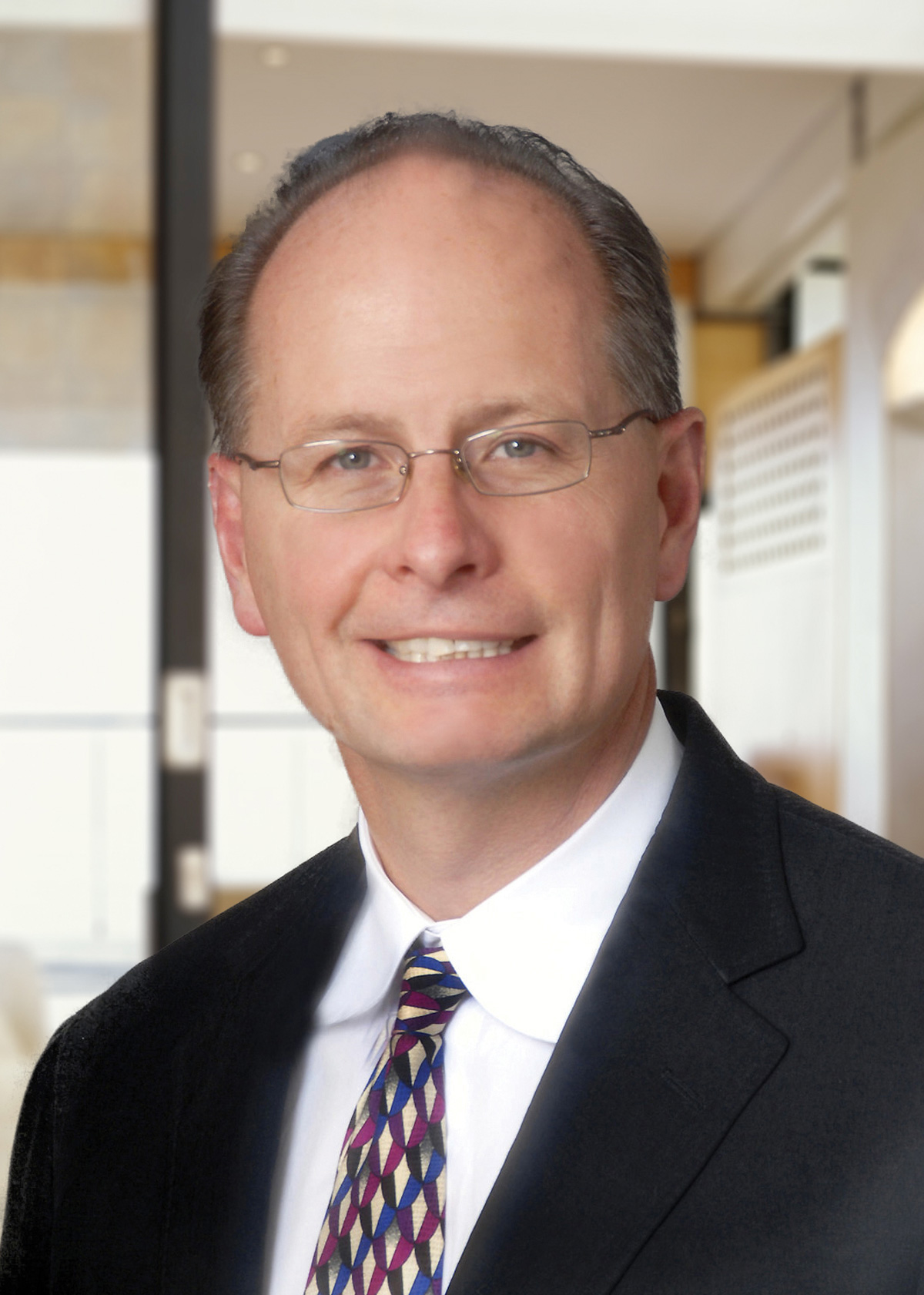June 27, 2012
 COLUMBUS, Ohio – For sore muscles following exercise, there is not a prescription for the number of days, length of time and pressure of a massage to relieve pain following the injury.
COLUMBUS, Ohio – For sore muscles following exercise, there is not a prescription for the number of days, length of time and pressure of a massage to relieve pain following the injury.
New research from The Ohio State University Wexner Medical Center confirms for the first time the measurable effects of massage-like pressure on the recovery of muscle fiber damage. The study was published this week online in the British Journal of Sports Medicine.
Previous research proved the early healing affects of massage after injury results in less swelling and fewer signs of inflammation. The latest research sought to determine massage parameters, including pressure, duration and timing.
“We found if damaged muscle is massaged right away – for 15 minutes – there is a 20 to 40 percent chance of recovery. Initial injury in the animal model was extended if massage did not take place within 24 hours,” said Dr. Thomas Best, co-director of OSU Sports Medicine.
Despite the popularity of massage use by athletes, Best’s ongoing research is the first evidence as to how massage therapy can reduce muscle pain and weakness associated with exercise, and provides potential guidelines for future clinical trials.
“We’re excited about the clinical implications of this research,” said Best. “After testing in humans, we’ll potentially be able to prescribe specifics for massage to help exercise-induced muscle injury in athletes.”
Best and his team worked with Yi Zhao, assistant professor of biomedical engineering at Ohio State, who created mechanical devices that mimic a massaging motion on affected muscles from exercise.
One device mimics movements associated with exercise, and a second device simulates consistent massaging motion on the affected muscles. They compared several tests of different frequency, pressure and duration to assess the amount of fiber damage.
Zhao’s machines helped demonstrate the amount of force applied to the muscles matters significantly more than the amount of time it is massaged by allowing researchers to control how much pressure is being applied. He determined the appropriate measurements to apply to the muscle, which was intended to match the pressure of Swedish massage.
“We have translated what we thought was going on in humans, largely based on self-reporting, into the laboratory and designed the instrumentation to apply controllable and measurable forces,” said Best, who finds engineering often provides the best remedy for health care challenges.
“We’ve been able to gather objective evidence without confounding variables such as pain and motivation,” said Zhao.
The research was funded by the National Institutes of Health and the Ohio State University Pomerene Chair in Family Medicine, held by Best.
# # #
